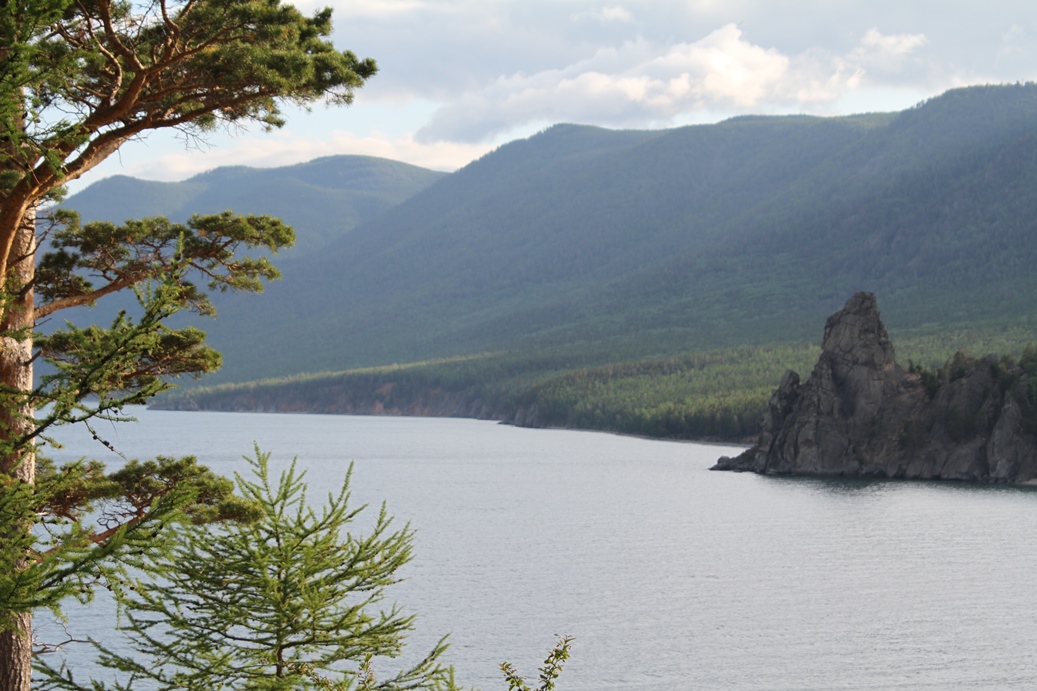Climate change and dams threaten natural World Heritage, warns IUCN
Climate change and large dam projects are putting natural World Heritage sites at risk, says IUCN, International Union for Conservation of Nature, the official advisory body on nature to UNESCO’s World Heritage Committee, meeting this Sunday in Bonn, Germany.
This year, for the first time in many years, climate change will be brought to the attention of the World Heritage Committee as a major threat affecting both natural and cultural World Heritage sites. Climate change impact is already evident in 35 of 228 sites inscribed on the World Heritage list for their natural values, according to the IUCN World Heritage Outlook – the first global assessment of natural World Heritage. Climate change could also become the most widespread threat to World Heritage sites in the future.
“Few people are aware of the full scale of the damage being done as a result of climate change, including to some of our planet’s most spectacular natural areas,” says IUCN Director General Inger Andersen. “We need to take action to address this threat on the ground and at the global level. An ambitious agreement reached by governments meeting at the UN climate talks later this year in Paris can help safeguard our precious World Heritage. The stakes are too high for us to miss what may well be our last window of opportunity.”
While only coordinated global efforts can help address the threat of climate change, it is important to increase resilience of the threatened sites by limiting other pressures to a minimum, according to IUCN.
Marine and coastal sites are facing particular challenges due to sea level rise, ocean acidification, and increased frequency and severity of extreme weather events. In Australia’s Great Barrier Reef – the world’s largest coral reef system – rising water temperatures are causing coral bleaching, and ocean acidification is restricting coral growth and survival. In East Rennell, Solomon Islands, a World Heritage site listed as ‘in danger’ due to logging activities, the increasing salinity of Lake Tegano as a result of sea level rise has caused reduced freshwater supply and food shortages for the local communities.
Dams also pose a growing and serious threat to natural World Heritage, as evidenced by IUCN’s recommendations to the Committee. This year, 11 natural World Heritage sites threatened by dam projects will be discussed, including several where the impacts come from dams in a neighbouring country. IUCN calls for more effective environmental impact assessment of such projects and improved transboundary cooperation from the earliest stages in order to avoid or minimise the adverse effects of dams on World Heritage.
“Dams can have a huge impact on World Heritage sites, reducing precious natural wetland areas, changing river flows and impacting local communities,” says Tim Badman Director of IUCN’s World Heritage Programme. “It is essential to consider better alternatives that avoid such constructions where possible, and to properly assess how dams will affect our World Heritage before they are built. Nature transcends national borders, and efforts to preserve what we recognise as our collective heritage must also look beyond national borders.”
Following a field mission, IUCN is concerned that the Gibe III dam in Ethiopia may permanently change the seasonal water flows into Lake Turkana National Parks – a World Heritage site in Kenya – with knock-on effects on wildlife and fish stocks which local communities depend on. The dam is now nearly complete and will be Africa’s second largest hydroelectric plant reaching the height of 243 metres. Ethiopia and Kenya have agreed to increase cooperation to mitigate the impacts from the dam on Lake Turkana.
Lake Baikal in Russia, the world’s largest and deepest lake and a World Heritage site since 1996, may suffer impact from three projects planned in Mongolia, including the construction of two hydropower plants and a reservoir. During a recent monitoring mission to Mongolia, IUCN found that environmental impact has been assessed in only one case. The combined effects of all three projects on the lake are unknown and could potentially seriously damage its World Heritage values.
The UNESCO World Heritage Committee will gather at its annual meeting from 28 June to 8 July in Bonn, Germany, to take decisions on the conservation of World Heritage sites affected by threats and the inscription of potential new sites.
Having prepared monitoring reports on 55 natural World Heritage sites for the meeting, IUCN recommends ‘in danger’ status for Brazil’s Cerrado Protected Areas: Chapada dos Veadeiros and Emas National Parks as a result of inadequate legal protection.
IUCN also recommends the removal of in-danger status of Colombia’s Los Katíos National Park thanks to the park management regaining control of the area following civil unrest and armed conflict. Los Katíos hosts exceptional biological diversity, including many endemic and threatened species such as the American Crocodile, Giant Anteater and Central American Tapir.
Eight World Heritage nominations have been evaluated this year by IUCN, which recommends World Heritage status for Jamaica’s Blue and John Crow Mountains, major extensions to Phong Nha – Ke Bang National Park in Viet Nam and Cape Floral Region Protected Areas in South Africa, as well as changes in the boundaries of Russia’s Lena Pillars Nature Park.
For more information or to set up interviews please contact:
Ewa Magiera, IUCN Media Relations, ewa.magiera@iucn.org +41 76 505 33 78
Célia Zwahlen, IUCN World Heritage Communications, celia.zwahlen@iucn.org +41 22 999 07 16
Editor’s notes:
Natural World Heritage sites are globally recognised as the world’s most important protected areas, inscribed on the UNESCO World Heritage List for their unique natural values, such as the scale of natural habitats, intactness of ecological processes, viability of populations of rare species, as well as exceptional natural beauty.
IUCN is the advisory body on nature to UNESCO’s World Heritage Committee. Working closely with IUCN's World Commission on Protected Areas (WCPA), IUCN evaluates sites nominated to the World Heritage List, monitors the conservation state of listed sites, promotes the World Heritage Convention as a leading global conservation tool, and provides support, advice and training to site managers, governments, scientists and local communities.







